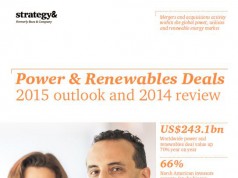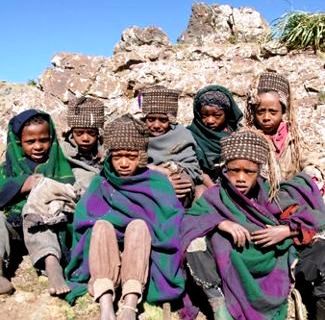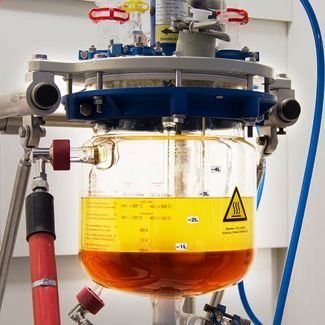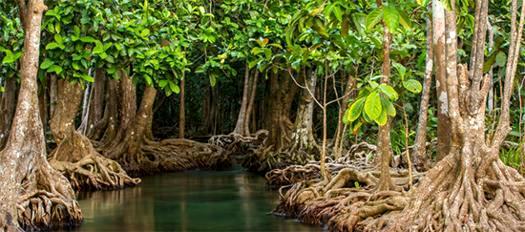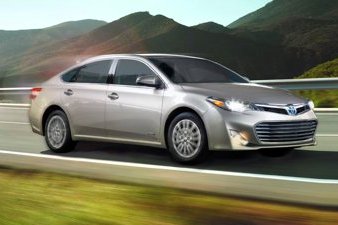 Torrance, California – Looking for a new vehicle? How about one that was assembled at a North American facility that helped save 61 million gallons of water last year? And you can buy that vehicle at one of the most environmentally advanced dealerships in the country. These examples of environmental leadership and more are highlighted in the recently published 2013 Toyota North American Environmental Report.
Torrance, California – Looking for a new vehicle? How about one that was assembled at a North American facility that helped save 61 million gallons of water last year? And you can buy that vehicle at one of the most environmentally advanced dealerships in the country. These examples of environmental leadership and more are highlighted in the recently published 2013 Toyota North American Environmental Report.
Noteworthy efforts for the year include:
- Toyota and Lexus exceeded sales of 2 million hybrid vehicles in the U.S. and more than 5 million hybrids globally. Toyota estimates the use of 5 million hybrid vehicles has avoided 34 million tons of CO2 emissions.
- Energy use has been reduced by22 percent per vehicle produced (since FY2002).
- Ten Toyota North American plants achieved zero waste to landfill.
- Since 2002, Toyota’s parts and accessories returnable container program has saved over 308 million pounds of wood and 185 million pounds of cardboard. Or 2.5 million trees worth.
- Now in its sixth year, Toyota TogetherGreen has engaged nearly half a million participants in conservation action in all 50 states.
2013 also marks the formation of the Toyota North American Environmental (TNAE) organization. TNAE serves as coordinator of environmental efforts across North America by establishing priorities and consolidating environmental action plan targets across all operations, including research and development, manufacturing, logistics and sales. The annual environmental report summarizes progress toward these North American goals.
“At Toyota, we strive to minimize environmental impacts throughout the vehicle life cycle,” said Kevin Butt, Regional Environmental Director, Toyota North America. “Our North American companies are working together to continually improve, innovate and serve as environmental leaders in our communities.”
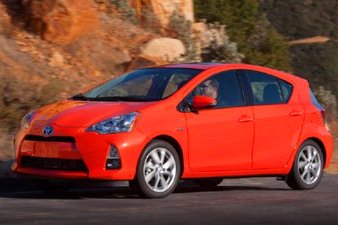
Additional 2013 environmental highlights:
Vehicles
- In the United States, Toyota is the most fuel-efficient full-line automotive manufacturer.
- Toyota’s Prius c earned the title of Greenest Car of the Year from the ACEEE in their annual Greenest Vehicles list. Prius and Prius Plug-in tied for third.
- The 2013 Avalon Hybrid is the first Toyota vehicle to be fully styled, developed and built in North America. It achieves an impressive EPA-estimated 40 mpg combined.
Operations
- Toyota’s North American manufacturing division received its ninth ENERGY STAR Sustained Excellence Award for leadership in energy management.
- With the implementation of brackish reverse osmosis systems, four Toyota assembly plants are saving 61 million gallons of water per year, or enough to fill 97 Olympic sized swimming pools.
- Last year, U.S. parts and vehicle distribution centers diverted 98 percent of waste from landfill and incineration, and recycled more than 17 million pounds of material.
- The 1.11 megawatt stationary hydrogen fuel cell at Toyota sales headquarters in Torrance, California, is the largest PEM fuel cell in the world and the first application of its kind.
- Toyota manufacturing plants have reduced emissions of volatile organic compounds – compounds that react with sunlight to form smog – by 63 percent since 2002.
Business Partners
- Toyota’s truck assembly plant in Texas reduced landfill waste by 71 percent in 2013 through an innovative partnership with Waste Management that turns trash into fuel.
- Since 2008, Toyota has participated in energy “treasure hunts” with 41 suppliers, helping them identify annual energy savings of over 43.5 million kilowatt-hours – equivalent to 15,200 metric tons of CO2 per year.
- Toyota and Lexus lead the industry with 36 dealerships in the U.S. and Canada certified to LEED®. Combined, these dealerships have over 2.1 million square feet of LEED-certified building space.
- Of the 36 LEED certified dealerships, three are certified Platinum, the highest level of certification granted by the U.S. Green Building Council.
Communities
- WWF and Toyota have been working together for over a decade to transform the Galápagos into a model of community-based conservation and sustainable development. These efforts are helping to conserve a unique ecosystem while building the human capacity of the islands.
- 2013 marked the fifth anniversary of the Tree Campus USA program, resulting in more than 110,000 trees planted.
- Thanks to a grant from Lexus Eco Challenge, a middle school in South Carolina was able to increase local curbside recycling by 16 percent.
Check the following link to read/download the complete 2013 North American Environmental Report:
http://www.toyota.com/about/environmentreport2013
Source: Toyota.

